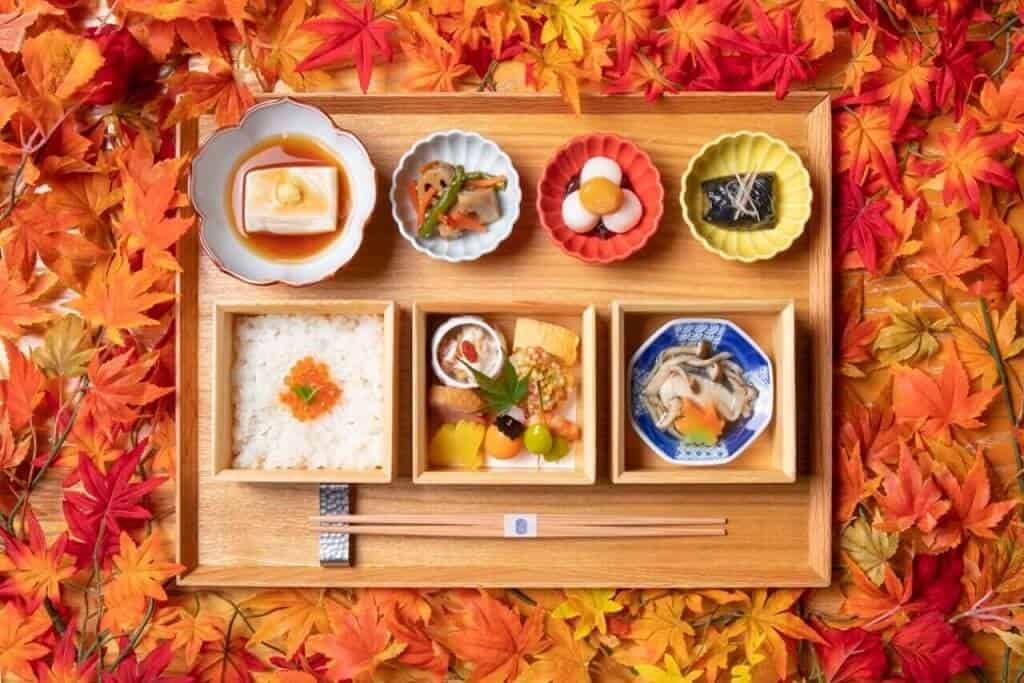
Obanzai consists of one soup, main dish, two side dishes, and a cup of steamed rice. The ingredients normally last for a long period of time.
Obanzai is a traditional home-cooked meal from Kyoto that is passed down through generations. It emphasizes using seasonal Kyoto ingredients without waste, with simple seasonings that highlight the ingredients' natural flavors. Obanzai cuisine — rooted in Kyoto but now a cultural heritage of Japan — requires at least half of its ingredients to be locally sourced; historically, all ingredients were from Kyoto. A typical Obanzai meal includes soup, a main dish, two side dishes, and rice, often prepared in advance to last longer. Its simplicity and elegance are enhanced by locally acquired condiments like Usukuchi-shoyu and Shiro-miso. Cooking techniques range from grilling to steaming, supporting a balance in taste and presentation.
Preparation follows spiritual values: authenticity of ingredients (Honma Mon), bringing joy and health through cooking (Omotenashi), combining distinct ingredients (Deaimon), minimizing waste (Shimatsu), and balancing components (Ambai). Despite sometimes being costly, due to its quality and history, Obanzai offers a unique culinary experience. Popular restaurants such as Kyosaimi Nomura, Mamecha, Okudohan Kogumachi, Taroya, and Kitchen Rakuraku offer authentic Obanzai meals, each with a distinctive appeal. These dining establishments ensure visitors experience the richness of Obanzai, enhancing both its culinary and cultural significance.